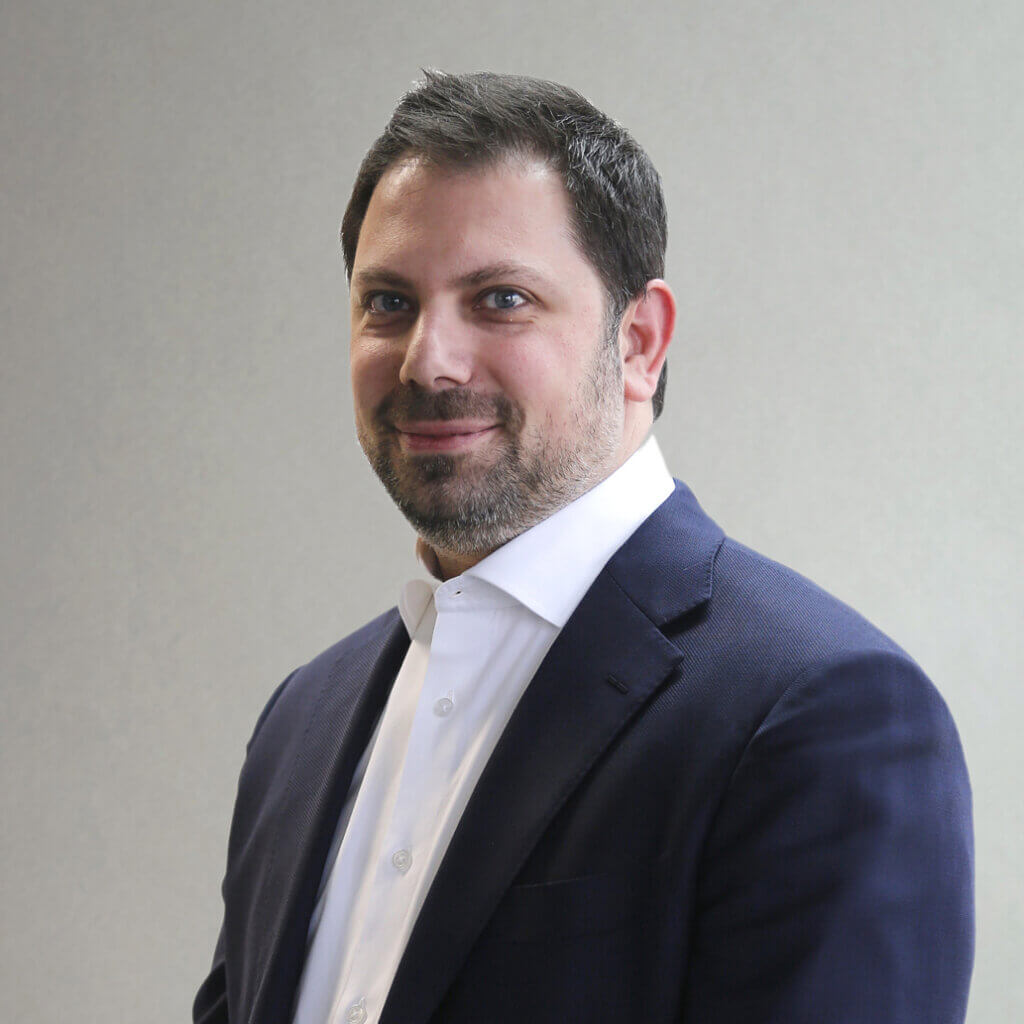
Anticipation is high in the alternative assets space. But to understand why fund managers are so engaged with ELTIF 2.0 – which came into effect on January 10 2024 – you must first appreciate why the original ELTIF framework did not live up to expectations.
In the eight years that it was in place, the original ELTIF regime managed to raise fewer than 100 funds with total assets under management estimated at approximately €7 billion. Tellingly, most European Union member states did not establish any. In our view – and this is an opinion which appears to be almost universal across the industry – the take up was slow because the original ELTIF was, in some instances, too restrictive. This was particularly true in relation to eligible investments which required a minimum €10 million value threshold, and the ability to invest other funds was limited to other ELTIFs. Additionally, there were limitations to marketing rules for retail investors, all of which contributed to ELTIF 1.0 not being widely adopted.
Fortunately, Article 37 of ELTIF 1.0 mandated that the European Economic and Monetary Affairs Committee (ECON) had to start a review of the application of the regulation no later than June 9 2019. From this review, ELTIF 2.0 was born. In its November 2021 report to the European Parliament and Council, the Committee noted the key problems with the framework –on both the demand and supply sides.
So what has changed?
Demand side
On the demand side, with the ‘democratization’ of alternative assets, the enhanced regulatory regime promises to support managers in addressing the retail market, and to broaden investment opportunities. Under ELTIF 2.0, the entry barriers for individual investors have been removed, including the minimum investment threshold of €10,000 and net-worth requirements.
One of the main components of ELTIF 2.0 – which we discussed in the opening article of this series looking at pre-marketing – is the ability to use the European marketing passport to distribute an ELTIF 2.0 product. This greatly simplifies the distribution setup and removes the retail barriers of ELTIF 1.0, although a suitability assessment, as required under MIFID II, still applies to retail investors.
Supply side
On the supply, or product, side the changes in ELTIF 2.0 aim to remove the restrictions that hindered the success of ELTIF 1.0. The key changes as outlined in the table below, coupled with the relaxation in redemption limitations provide for the desired flexibility that was absent in the original regime.
Supply Side Changes
| ELTIF 1.0 | ELTIF 2.0 | |
| Threshold for Eligible Assets | 70% | 55% |
| Maximum concentration limit | 10% | 20% |
| Borrowing limit (retail) | 30% | 50% |
| Max market cap of equity or debt issuers | EUR 500m | EUR 1.5bn |
| Minimum Investments in real Assets | EUR 10m | EUR 1.0m |
| Ability to invest in AIFs (Fund of Funds) | No | Yes |
| Ability to invest in underlying securitizations | No | Yes |
| Investment in non-EU assets | No | Yes |
Ready for the new regulatory framework
Even before launch, interest in ELTIF 2.0 was gathering momentum. As we mentioned in the second article of this series, some of the biggest players in the market, from Blackstone to KKR to Apollo, were already engaging with this new framework, looking to make the most of the regulations. But what should fund managers who are looking to raise capital in Europe be thinking about?
In the fourth and final article in this series, we will be taking a closer look at the expected impact of ELTIF 2.0 as well as the challenges and considerations for managers and service providers. Now that ELTIF 2.0 is live, what should you be considering, what are the challenges and how might you manage them?
Learn more about Alter Domus’ AIFM Services and Private Equity Solutions.
Services
Open-ended Fund Administration
While they offer significant opportunities, OEF characteristics also come with enhanced commitments. Marry these with the nuances of alternative asset classes and you need experts to unlock the opportunity.

Get in touch with our team
Contact us today to learn more about Alter Domus’ open-ended fund services.
"*" indicates required fields








